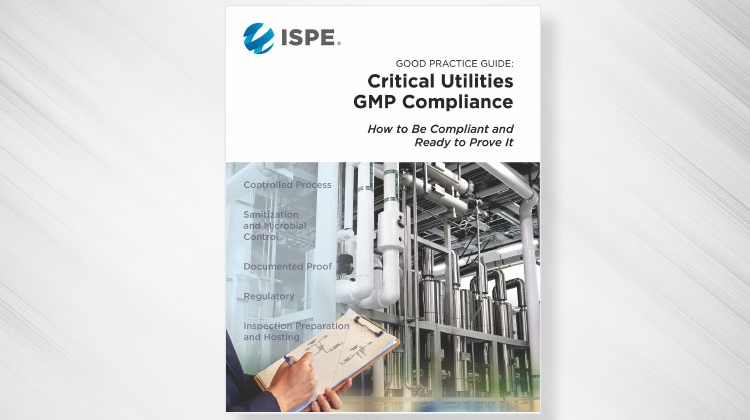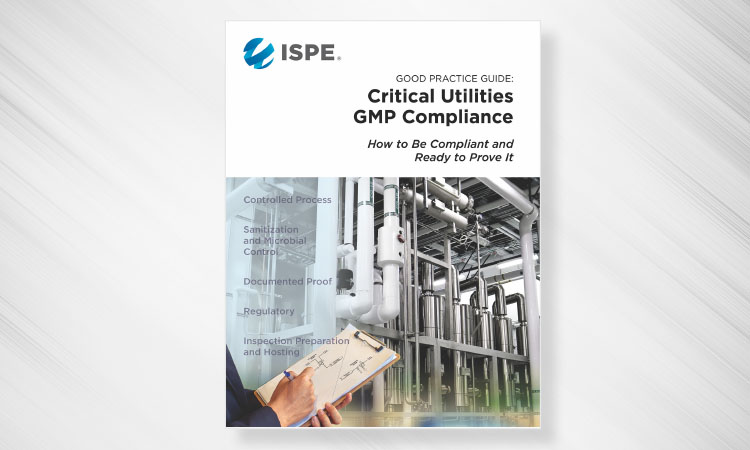What are critical utilities? Why are they important?
Nik Krpan: Critical utilities are utilities that have the identified potential to impact product quality or performance in a significant way.
For example, water systems in a plant are much like the circulatory system in your body and the heart—if your heart stops beating, you stop functioning very quickly. In a pharmaceutical manufacturing plant, water is used extensively in the plant for cleaning and formulation of product, and if you can’t clean your equipment, you can’t formulate product. Problems in the critical utilities can lead to immediate downstream problems in product quality related to microbial control.
Rod Freeman: One common misconception people have about critical utilities is that they think a critical utility is just a utility, when, in fact, it’s both a raw material and a cleaning agent used in almost all pharmaceutical processes—it affects every product at the plant.
That is one of the reasons why regulators have such a keen interest in critical utilities, because they affect the patient’s health on a broad scale. If those utilities aren’t correct and working well, it compromises a lot.
What is the purpose of the guide?
Rod Freeman: The team felt it needed to be published because ISPE has a lot of material on the technical side of things but nothing to really coach younger companies or associates in the industry on how to interact with inspectors and how to readily have the data needed available for them.
I’ve been in multiple FDA inspections. I’ve seen some go well, I’ve seen some go bad. And when I look at industry literature, there really isn’t anything out there about how to host an inspection. Learning how to host an inspection is all taught on the job; there’s nothing for a younger company or associate to read and learn the best way to handle an inspection and how to best meet the needs of the inspectors.
I wish I’d had this guide previously in my career.
Nik Krpan: The idea for the guide came from people who had worked for small manufacturers where they struggle to achieve compliance because they aren’t always deploying their resources on the actions that are going to achieve the most compliant results.
The guide covers the steps that are necessary to achieve a continuous state of GMP compliance through correct operating practices, as well as the correct documentation practices and the correct practices to demonstrate compliance. The overall intended result is to provide a more efficient audit so that the auditor can get through their job as efficiently as possible, making better use of limited regulatory resources and improving patient safety.
Rod Freeman: During an inspection, there is one inspector and they may not have expertise in your area, your plant, or product. Because of that, they don’t always know what they’re asking for, so it is important that as the host, you are able to work through it with them and get them the information they need quickly.
I’ve worked at some plants that shipped up to 400 products at any given time. When you have that many batch records, that many design history files, that many engineering drawings, a big part of your effort in preparation for an inspection is making sure your documentation is ready and easily accessible so when an inspector makes a request, you can get it to them within 20 minutes or an hour. If it’s a day or two later, it doesn’t present a good impression.








